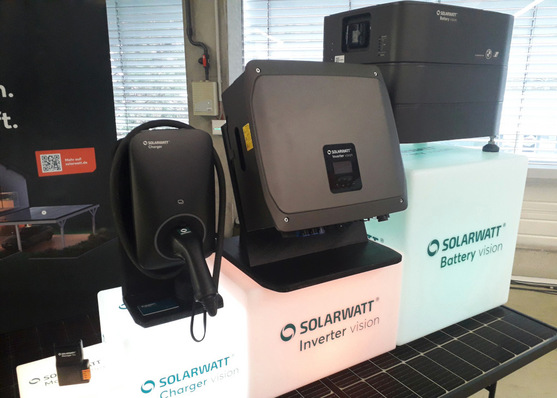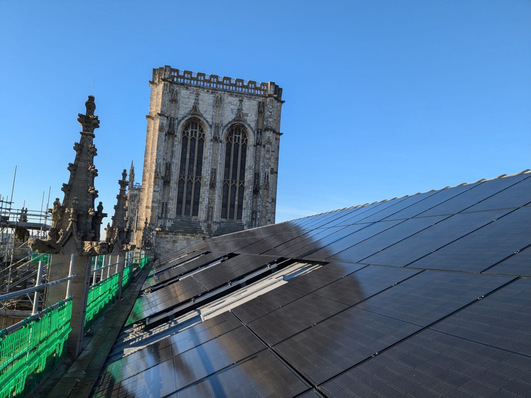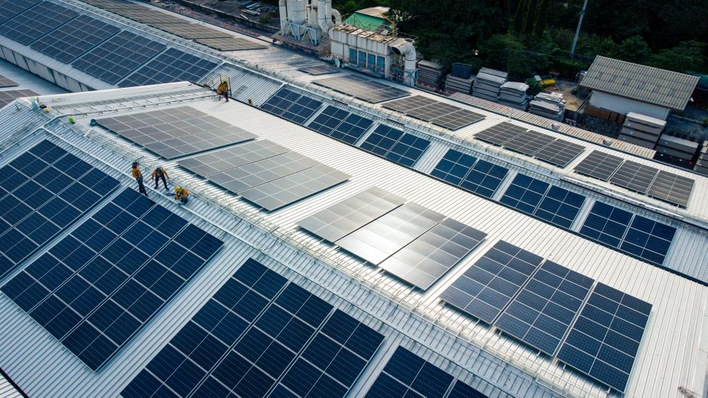Two researchers from the University of Stavanger in Norway have examined the costs of building-integrated photovoltaic (BIPV) systems to find out how economical they are. Since this economic viability results primarily from the self-consumption of the solar electricity produced in the building envelope and thus from the replacement of grid electricity, they focused precisely on this aspect.
Emissions costs included
On the one hand, there are the electricity costs, which vary greatly in Europe. The range here is between eleven cents per kilowatt hour in Hungary and Lithuania and 29 cents per kilowatt hour in Belgium, 30 cents per kilowatt hour in Germany and 31 cents per kilowatt hour in Denmark. Of course, these prices are not stable. For example, the researchers assume a price increase of two per cent per year.
See also: Economic analysis of BIPV systems as a building envelope material in Europe
Of course, the researchers have also included the costs for greenhouse gas emissions that would result from the energy consumption when purchasing grid electricity. Here, the scientists put a price of 50 euros per tonne on the carbon dioxide emissions due to the electricity mix in the respective country. They also calculate an increase in emission costs of four per cent per year and a reduction in greenhouse gas emissions of 2.1 per cent per year.
Calculating electricity yield over the lifetime of the plant
On the other side of the equation are the electricity production costs, the so-called Levelised Cost of Energy (LCOE), for BIPV. These are calculated over the lifetime of the systems. The researchers set the parameter here at 30 years. During this time, the modules lose 0.5 per cent of their output every year. They calculate that the inverters need to be replaced every 15 years. In addition, the operating costs for the system are estimated at 0.5 per cent of the total investment.
Efficiency estimated at 16 per cent
For the actual system costs, the researchers calculate on the one hand the material for the building envelope and additional costs for the solar activation of the facade and roof surfaces. They set the efficiency of the solar systems at 16 per cent. On the one hand, this allows the calculation to cover the lower output of coloured modules compared to panels with normal solar glass. But the rather low estimated efficiency is of course also a result of the fact that modules installed vertically on facades do not generate the same yield as panels optimally oriented towards the sun.
3,600 kilowatt hours per year from the building envelope
Based on this module efficiency and the solar radiation in the respective country - here the researchers worked with the data of the respective capital city - the electricity yield could be calculated over the lifetime of the system. These values range from 2,819 kilowatt hours per square metre in Finland to 5,084 kilowatt hours per square metre in Cyprus. In Europe as a whole, the systems produce an average of 3,601 kilowatt hours per square metre over their entire lifetime.
Electricity yields drive profitability
This average electricity yield generates 578 euros. On the other hand, there are 535 euros in additional investments and costs specifically for photovoltaics in the building envelope. Of course, this varies from country to country. But if you include the electricity generation through the building envelope and not only the capital costs, BIPV is economical everywhere in Europe with the parameters that the researchers have set. Therefore, the driver of economic viability is the gains due to electricity production in the building envelope. But even if only the capital costs are included, there are only a few countries with very low electricity prices and very poor solar irradiation where BIPV cannot compete with conventional facades and roofs.
Also interesting: BIPV with huge potential for greener cities
The prerequisite here is the use of high-quality components. Because - the researchers have also calculated this - if the service life of the solar modules and the inverters decreases and they have a lower efficiency, the systems become uneconomical in many European countries. The paper by the Norwegian researchers appeared in a special issue of Energies magazine on BIPV, published by the Multidisciplinary Digital Publishing Institute (MDPI). (mfo)







